This article was medically reviewed by Cristian Macau, DDS. Dr. Macau is an oral surgeon, periodontist, and aesthetician at Favero Dental Clinic in London. He received his DDS from Carol Davila University of Medicine in 2015.
There are 9 references cited in this article, which can be found at the bottom of the page.
wikiHow marks an article as reader-approved once it receives enough positive feedback. This article received 11 testimonials and 100% of readers who voted found it helpful, earning it our reader-approved status.
This article has been viewed 1,118,250 times.
Experts say it's normal to have Candida fungus on your skin and in your body, but you may develop a yeast infection called thrush if you have yeast overgrowth. Thrush typically causes painful lesions and open red sores in your mouth, as well as curd-like white patches.[1] If you have thrush in your vaginal area, you may have thick, white discharge, itching, irritation, soreness, and stinging during urination or sex.[2] Research suggests that anyone can develop thrush, but it's most common in people who have a weakened immune system or diabetes, people who take certain medications, and people who smoke.[3] While a thrush infection can cause you discomfort, it's very treatable so try not to worry.
Steps
Trying Home Remedies for Oral Thrush
-
1Try "oil pulling." Oil pulling rests on the yet-untested theory that oils literally pulls toxins out of your system.[4] Although results haven't been conclusive, many people use oil pulling to fight the Candida fungus and to provide temporary relief. Here's how to do it. The process is quite simple.
- Brush your teeth beforehand. Oil pull on an empty stomach if at all possible.
- Take one tablespoon of oil and swill it around in your mouth for 5 to 10 minutes. Make sure it coats every possible part of your mouth — under you tongue, in your gums, the roof of your mouth.
- After 5 to 10 minutes, spit the oil out and rinse with saltwater.
- You can do this twice per day for five days. Try doing it once after you wake up in the morning and again before bed.
- Use coconut oil for best results, although olive oil works too. Coconut oil is rumored to be particularly effective in fighting fungi.
-
2Try taking thyme. The herb thyme is also supposed to be an effective aid in getting rid of oral thrush, although science has yet to substantiate it.[5] In Europe, thyme is used to treat upper respiratory conditions and thrush. Try sprinkling a moderate amount of thyme on any dish that will take it! You could even make a tincture out of it.Advertisement
-
3Swish with apple cider vinegar. Take a little bit of apple cider vinegar, dilute it with about a half part of distilled water, and swish it in your mouth for several minutes.[6]
- Another option is to mix one tablespoon of apple cider vinegar in a full 8 ounces of water and drink before every meal. The vinegar is supposed to fight off intestinal yeast overgrowth that sometimes contributes to oral thrush.
- Some people find this method impossible because of the strong taste associated with the vinegar. You might also experience stomach gurgling when you start the treatment, so don’t start this treatment right before a meeting or another situation where you may feel embarrassed.
-
4Try eating more garlic. Garlic, replete with several different sulphur-containing compounds such as allicin, alliin, alliinase and S-allylcysteine, is reputed to help fight a broad range of fungi, including thrush. Fresh garlic works better than garlic pills, so try to find a way to get more of it into your diet.
- For best results, try taking 4 to 5 crushed cloves of garlic per day. If you're worried about chaotic garlic breath, try drinking 3 to 4 cups of garlic tea daily.
-
5Use a bit of tea tree oil. Tee tree oil is renowned for its anti-fungal (and anti-bacterial) properties.[7] It's a common home remedy for everything from acne to athlete's foot. But it's also used for thrush. Dilute one or two drops into a tablespoon of distilled water, insert Q-tip, and dab onto sores inside the mouth. Rinse mouth afterwards with saltwater.
Preventing Thrush
-
1Take preventative measures to keep oral thrush from returning. After you get rid of thrush, it is important to do what you can to prevent it from coming back. This includes:
- Brushing your teeth 2 to 3 times a day. [8]
- Replacing your toothbrush often, especially during a thrush outbreak.
- Being sure to floss your teeth once a day.
-
2Refrain from using mouthwash, breath sprays or breath mints. These products tend to upset the normal microorganism balance in your mouth. Remember that your body contains a host of good microorganisms that effectively serve to fight "bad" ones. Harming these may pave the way for the bad ones to take over.
- Instead, you can use a saline solution to rinse your mouth. You can create a saline solution by stirring half a spoon of salt into a glass of warm water.
-
3Visit your dentist at least twice a year. It is important to see your dentist at least twice per year, and more often if you wear dentures or have diabetes or a weak immune system.[9] A dentist may be able to spot a thrush outbreak, or possible outbreak, sooner than you will, leading to quicker treatment.
-
4Cut down on your sugar and starch intake. Candida fungus thrives on sugar. To stop it from thriving, you should cut down on the amount of starches you eat.[10] This includes beer, bread, soda, alcohol, most cereals and wine. These foods feed the fungus and can prolong the Candida infection.
-
5Quit smoking. Smokers are more likely to develop oral thrush than non-smokers. If you smoke, then do what you can to quit. Talk to your doctor for information abut medications and other options to help you quit smoking.
Using Medically-Verified Treatments for Oral Thrush
-
1Visit your dentist or your family doctor. If you think you have thrush, then it is important t see your dentist or family doctor for an evaluation and diagnosis. If a medical professional determines that you have oral thrush, he will start your treatment immediately. Healthy adults and children can get rid of thrush more easily than others.
-
2Begin treatment as soon as possible. Treatment for thrush in healthy patients generally starts with acidophilus tablets.[11] A medical professional may also suggest eating plain unsweetened yogurt.
- Acidophilus and plain yogurt will not destroy fungus, but they will reduce the infection and help restore a normal balance of bacterial flora in your body. Acidophilus and yogurts are both probiotics.
-
3Rinse your mouth with a warm saltwater solution. Saltwater temporarily creates an inhospitable environment for the thrush fungus to live in.
- Add 1/2 teaspoon (2.5 ml) of table salt to 1 cup (237 ml) warm water. Stir well before rinsing.
-
4Take an anti-fungal medication. Your doctor can prescribe an anti-fungal medication if symptoms persist or if you have a weak immune system.
- You will generally take an anti-fungal medication for a period of 10 to 14 days. This medication is available in tablets, lozenges and liquid forms.
- Make certain you take this medication as directed and in its entirety.
- Antibiotics may also produce thrush especially in women or in patients who have experienced thrush in the past. In this case, your doctor may ask you to take an anti-fungal medication along with antibiotics
-
5Use amphotericin B when other medications don't work or are no longer effective. Candida fungus often becomes resistant to anti-fungal medications, especially in people with HIV and other illnesses that cause weak immune systems. Talk to your doctor about amphotericin B if nothing seems to be working.[12]
Getting Rid of Vaginal Thrush
-
1Wait for your period. Vaginal thrush is actually just a yeast infection. While you can't dictate when you go on your period, menstruation will change the pH of the vagina, rendering it less hospitable for the Candida fungus.
-
2Use the laced-tampon strategy. Lace your tampon with a little something, although probably not during your period. Here are some suggestions for what to lace your tampon with in order to combat vaginal thrush:
- Dip it in unsweetened yogurt. Apply the tampon immediately, before it expands. Guard especially against leakage.
- Dip it in diluted tea tree oil. Apply the tampon immediately, before it expands. Guard especially against leakage.
-
3Try to avoid using latex condoms, spermicidal creams, and lubricants. In fact, in addition to avoiding these, try to avoid sex during a yeast infection. Yeast infections can be transmitted back and forth during sex, creating a vicious cycle and prolonging the infection.
Expert Q&A
-
QuestionMy tongue is cracked, white, and has tiny little bumps on it and is sore. It may be thrush. What can I do if I don't have medical insurance?
 Cristian Macau, DDSDr. Macau is an oral surgeon, periodontist, and aesthetician at Favero Dental Clinic in London. He received his DDS from Carol Davila University of Medicine in 2015.
Cristian Macau, DDSDr. Macau is an oral surgeon, periodontist, and aesthetician at Favero Dental Clinic in London. He received his DDS from Carol Davila University of Medicine in 2015.
Doctor of Dental Surgery Rinse with saline water to maintain an alkaline pH of the entire oral mucosa and keep a good oral hygiene. If there are no changes in two days, then you should see at least a dentist to establish a diagnostic or even make a referral. The origin is diverse and may vary from allergy, irritation from dental work or even a side effect from a medicine.
Rinse with saline water to maintain an alkaline pH of the entire oral mucosa and keep a good oral hygiene. If there are no changes in two days, then you should see at least a dentist to establish a diagnostic or even make a referral. The origin is diverse and may vary from allergy, irritation from dental work or even a side effect from a medicine. -
QuestionI have had little pimple like sores on top and under my tongue. They look like whiteheads that are painful and oversized. My tongue is bright red and larger than normal. Have seen my DDS, and it is from a low immune system along with taking at least 12 different medicines. I'm on 6th bottle liquid of medicine. Can you help me please?
 Cristian Macau, DDSDr. Macau is an oral surgeon, periodontist, and aesthetician at Favero Dental Clinic in London. He received his DDS from Carol Davila University of Medicine in 2015.
Cristian Macau, DDSDr. Macau is an oral surgeon, periodontist, and aesthetician at Favero Dental Clinic in London. He received his DDS from Carol Davila University of Medicine in 2015.
Doctor of Dental Surgery In this case you will need to consult an oral pathologist to establish the exact type of pathology involved and to conduct an entire series of tests for that. Taking too many medicines is not going to help that much because it is a matter of time until the pain will calm down.
In this case you will need to consult an oral pathologist to establish the exact type of pathology involved and to conduct an entire series of tests for that. Taking too many medicines is not going to help that much because it is a matter of time until the pain will calm down.
Warnings
- Never share your toothbrush with others.⧼thumbs_response⧽
- Never take anti-fungal medications without having periodic blood test to monitor liver functions. Some anti-fungal medications can result in liver disease, especially with prolonged use or in cases where there is a history of liver disease.⧼thumbs_response⧽
Things You'll Need
- Acidophilus tablets
- Plain unsweetened yogurt
- 1/2 teaspoon (2.5 ml) table salt
- 1 cup (237 ml) warm water
- Anti-fungal medication
- Amphotericin B
- Toothbrush
- Dental floss
References
- ↑ https://www.mayoclinic.org/diseases-conditions/oral-thrush/symptoms-causes/syc-20353533
- ↑ https://www.nhs.uk/conditions/thrush-in-men-and-women/
- ↑ https://www.cdc.gov/fungal/diseases/candidiasis/thrush/index.html
- ↑ http://www.thecandidadiet.com/unusual-effective-treatment-oral-thrush/
- ↑ https://www.drugs.com/npp/thyme.html
- ↑ http://foodmatters.tv/articles-1/how-to-overcome-candida-naturally
- ↑ http://www.ncbi.nlm.nih.gov/pubmed/9055360
- ↑ https://www.mayoclinic.org/diseases-conditions/oral-thrush/symptoms-causes/syc-20353533
- ↑ https://www.mayoclinic.org/diseases-conditions/oral-thrush/symptoms-causes/syc-20353533
About This Article
To get rid of thrush, swish a spoonful of coconut oil around in your mouth for 5-10 minutes. Then, spit the oil out and rinse your mouth out with saltwater. You can repeat this several times a day. Rinsing with an apple cider vinegar solution a few times per day can also be effective. Next, make an appointment with your doctor for a prescription anti-fungal medication, which you'll typically take for 10-14 days. If the thrush isn't gone after that, talk to your doctor about trying a stronger medicine called amphotericin B. For tips on preventing thrush in the future, read on!
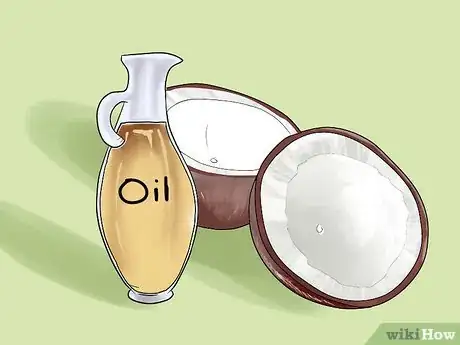
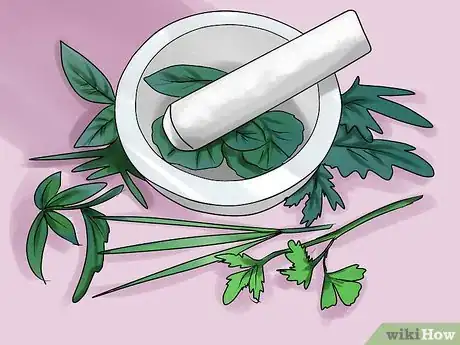
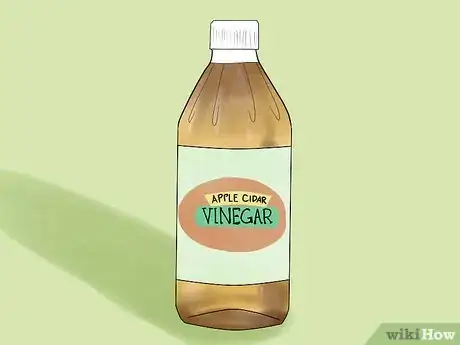
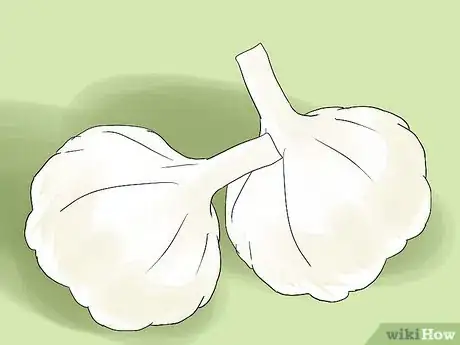

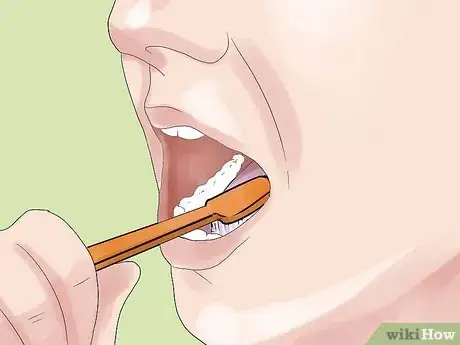
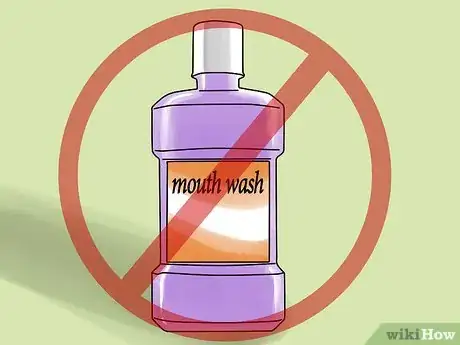
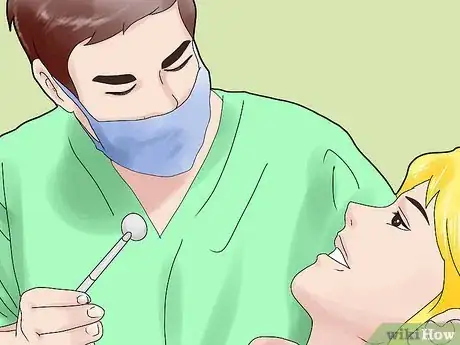

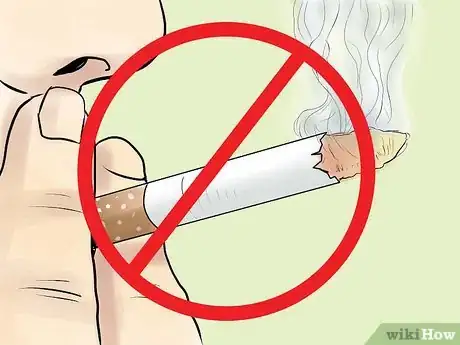
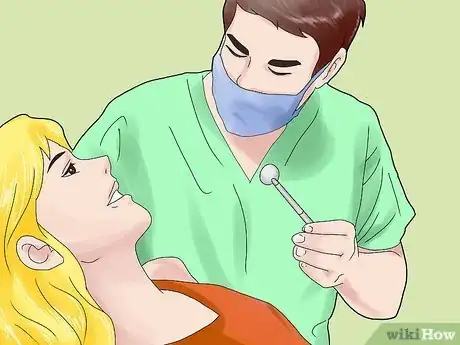
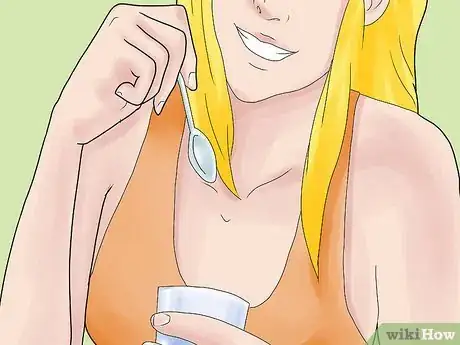
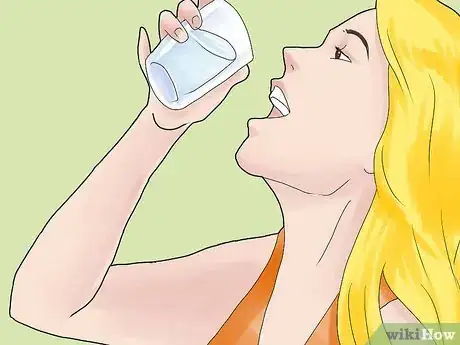

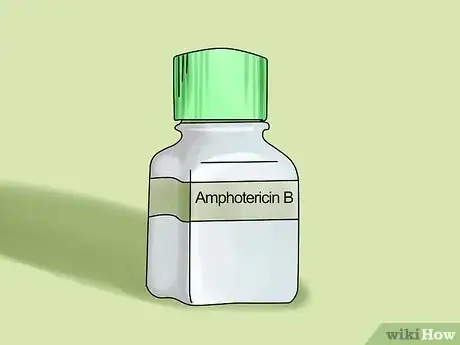
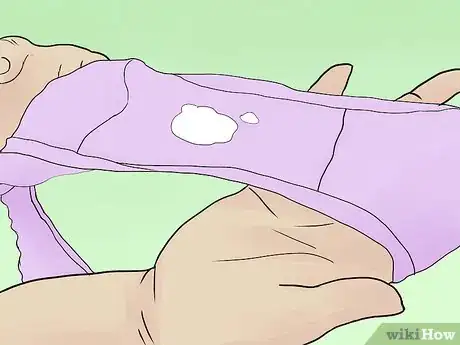

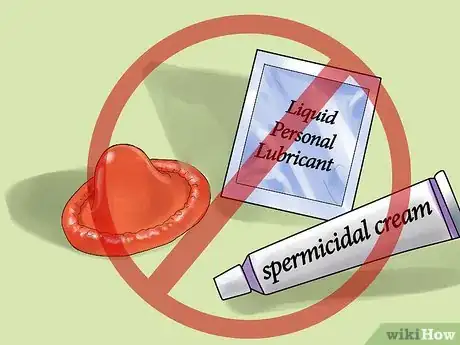
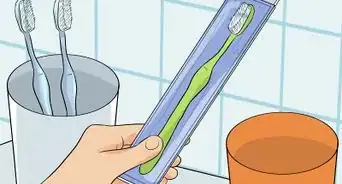
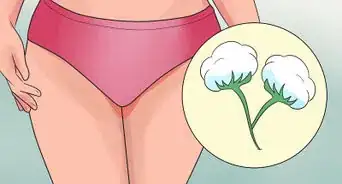
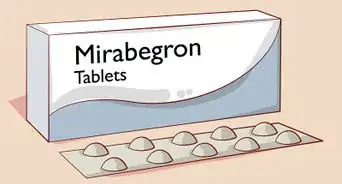
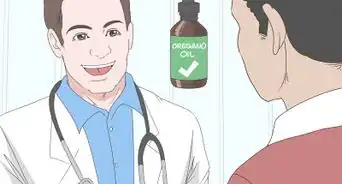
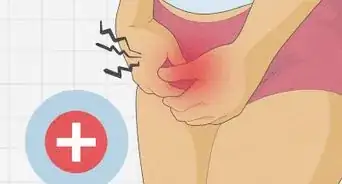




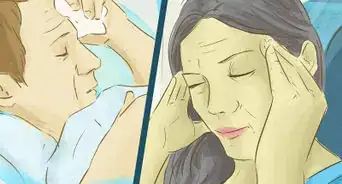
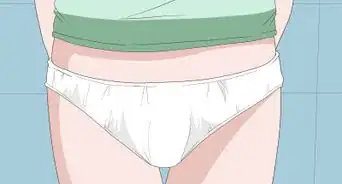
-Step-14.webp)













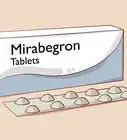





































Medical Disclaimer
The content of this article is not intended to be a substitute for professional medical advice, examination, diagnosis, or treatment. You should always contact your doctor or other qualified healthcare professional before starting, changing, or stopping any kind of health treatment.
Read More...